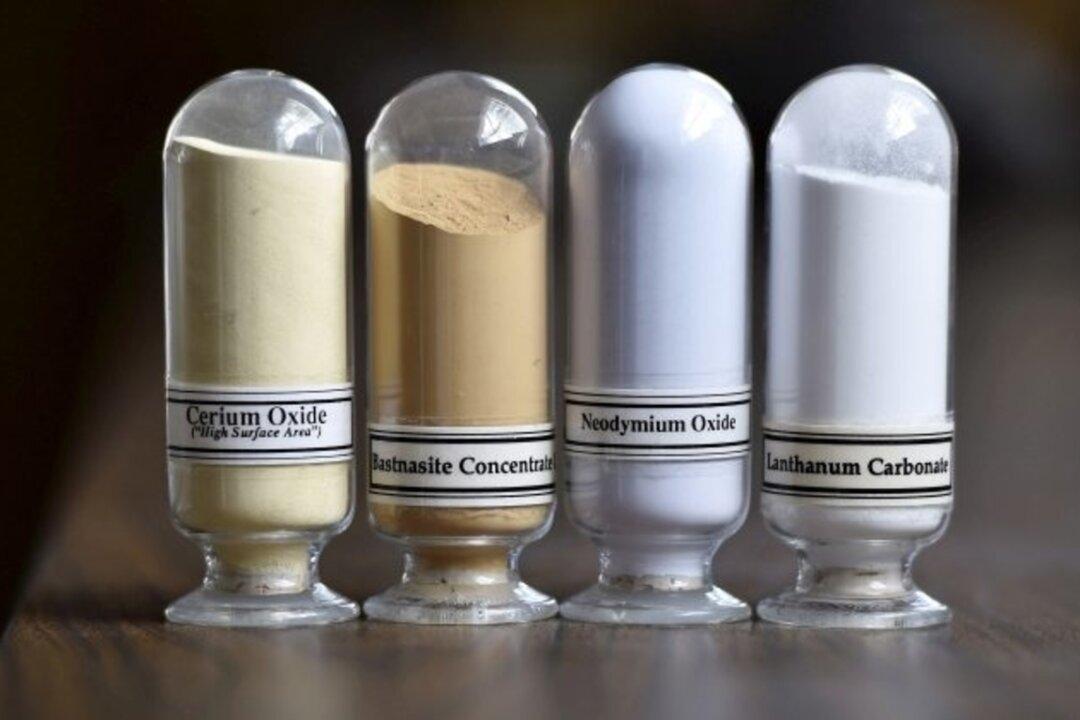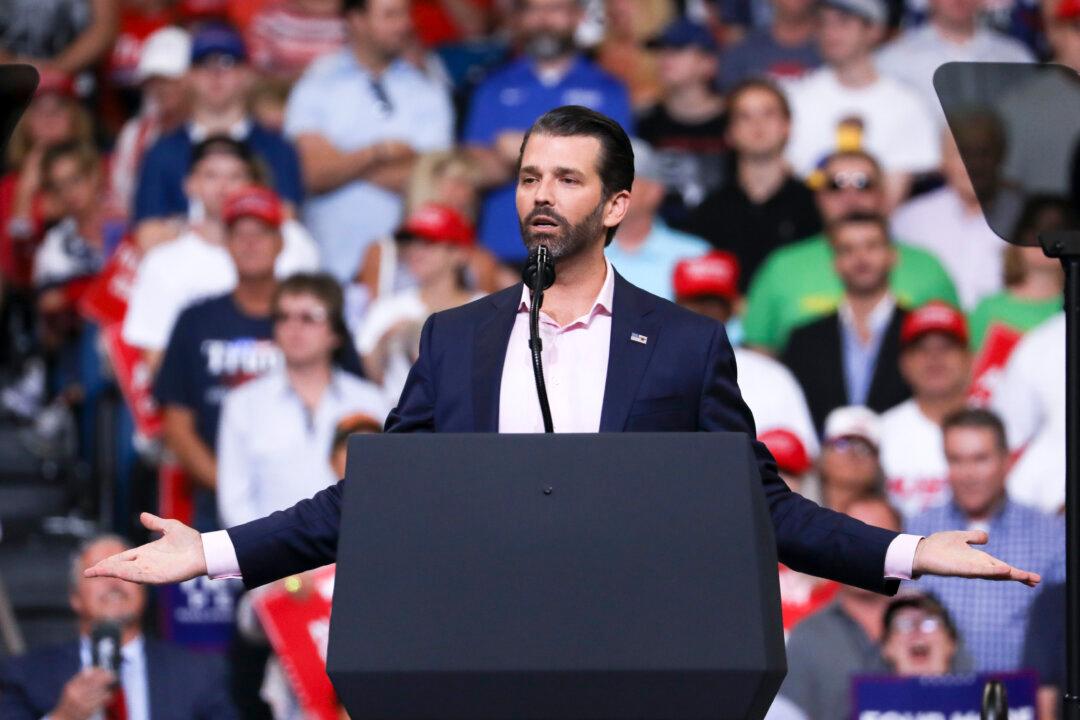The U.S. has formalized its partnership with Australia on the development of both nations’ critical mineral assets—from bauxite, the main ore of aluminum, to the rare earth elements used in hi-tech lasers. An existing memorandum of understanding was extended on Monday to a formal partnership involving collaboration in research and capacity development, and the agreement was signed by U.S. Geological Survey (USGS) Director Jim Reilly and Geoscience Australia CEO, James Johnson.
US Hedges Against China Threats With Australian Critical Minerals Alliance
Australia key to securing supply of rare earth elements and other critical minerals

Samples of rare earth minerals—from left: Cerium oxide, Bastnaesite, Neodymium oxide and Lanthanum carbonate from Molycorp's Mountain Pass Rare Earth facility in Mountain Pass, Calif., on June 29, 2015. Photo: Reuters/David Becker
|Updated:




